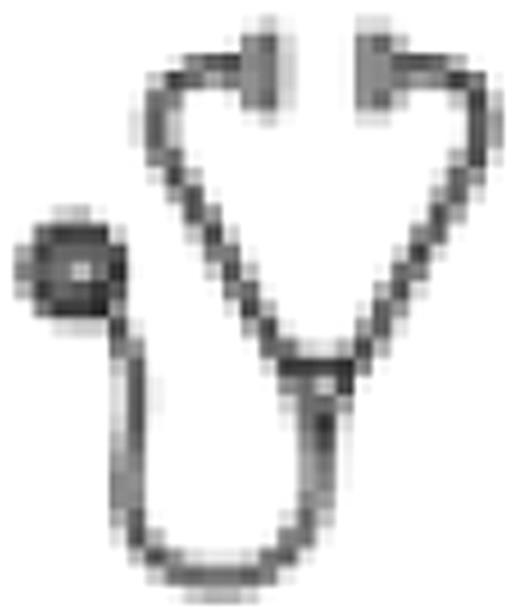Abstract
Abstract 2303
Before pre-emptive treatment with Rituximab, the incidence of EBV-associated post-transplant lymphoproliferative disease (PTLD) was about 15 to 20% of patients (pts) following allogeneic HSCT with an 80% overall mortality. Rituximab (anti-CD20) in this context has dramatically decreased EBV-PTLD incidence. The aim of this single-center study was to evaluate the incidence on infections and on immune reconstitution following Rituximab for EBV reactivation.
Sixty-nine pts received Rituximab for EBV reactivation at Saint-Louis Hospital (Paris, France) between January 2005 and January 2010, 44 males and 25 females, mean age 33 years (range, 10–68). Primary diseases were malignant hematopoietic disorders (70%) and aplastic anemia (30%). Fifty-two per cent received peripheral blood stem cells, 39% bone marrow and 9% cord blood. Myeloablative conditioning regimen was given in 71% of pts and reduced-intensity in 29%. Antithymocyte globulin (ATG) was given in 70% of pts before Rituximab therapy. EBV-quantitative polymerase chain reaction (PCR) was performed weekly during the first 3 months post-HSCT and then monthly until 1 year post-HSCT. Rituximab was administered weekly at the dose of 375mg/m2 after a positive PCR result (>10.000copies/ml) and discontinued as soon as a negative PCR result was available. Median time from transplant to Rituximab treatment was 43 days. Patients were followed-up until death or relapse. Median follow-up from the date of first Rituximab infusion was 27 months (range 4 to 61).
All treated pts cleared their EBV viremia after Rituximab. However, one patient developed PTLD despite Rituximab. Incidence of relapse was 5.9% (95%CI: 1.9–13.4) and non-relapse mortality was 41% (95%CI: 29–53) at 36 months. During follow-up, 43 pts developed a bacterial infection, 44 a viral infection and 16 a fungal infection. Infections occurred mainly during the first 12 months after Rituximab. The cumulative incidence of infection at 36 months was 64% (95%CI 50.7 to 74.6) for bacterial, 62.5% (95%CI 49.7 to 72.9) for viral and 24.6% (95%CI 14.7 to 35.8) for fungal infections. Reconstitution of lymphocytes, neutrophils and gammaglobulins after Rituximab therapy was assessed in the 36pts alive and relapse-free at 12 months. Starting from one month after initiation of Rituximab, lymphocyte counts gradually increased, by an average of 11.3% per month (95%CI 10.8 to 11.5; P<0.0001). Gammaglobulins significantly decreased during the first month after Rituximab, on average by 1.54g/L (95%CI 2.34 to 0.75; P=0.0002). After 3 months, a significant mean increase of 0.13 per month was observed (95%CI 0.01 to 0.26; P=0.037). CD19+ B and CD3+ T-lymphocytes reached normal values only at 1.5 years post-HSCT (median=172/μ L and 1339/μ L respectively at 1.5 years). Age, gender, stem cell source, type of donor, conditioning regimen, use of ATG and acute graft-versus-host disease (aGVHD) were assessed as possible risk factors for the development of infection. Acute GVHD grade≥3 or steroid-resistant aGVHD were statistically significant risk factors for bacterial (HR: 2.84, 95%CI: 1.12–7.23, P=0.028) or viral infection (HR: 4.03, 95%CI: 1.58–10.2, P=0.003). Cord blood transplantation and HLA-mismatch were significant risk factors for viral infection (HR: 2.62, 95%CI: 0.96–7.18, P=0.018 and HR: 3.47, 95%CI: 1.24–9.72, P=0.033 respectively). No significant risk factor was found for fungal infections.
Rituximab pre emptive treatment has decreased PTLD incidence but is associated with high infection rate and prolonged immune defect. The question of over-treatment can be raised and further studies are needed to select candidates for pre-emptive treatment in order to avoid systematic anti-CD20 treatment and its later potential complications.
No relevant conflicts of interest to declare.

This icon denotes an abstract that is clinically relevant.
Author notes
Asterisk with author names denotes non-ASH members.

This feature is available to Subscribers Only
Sign In or Create an Account Close Modal